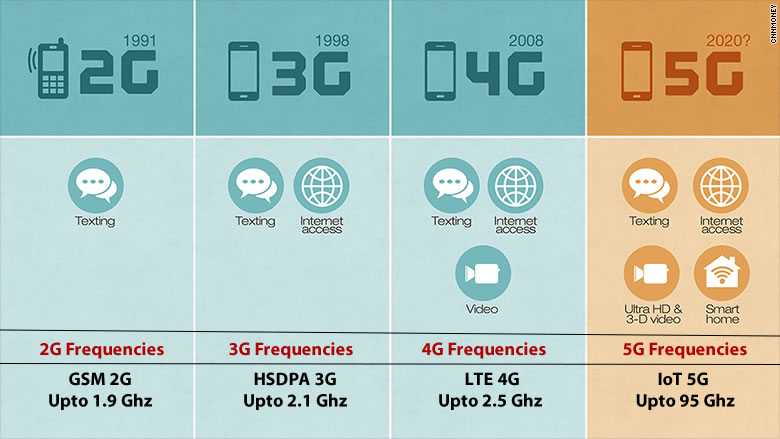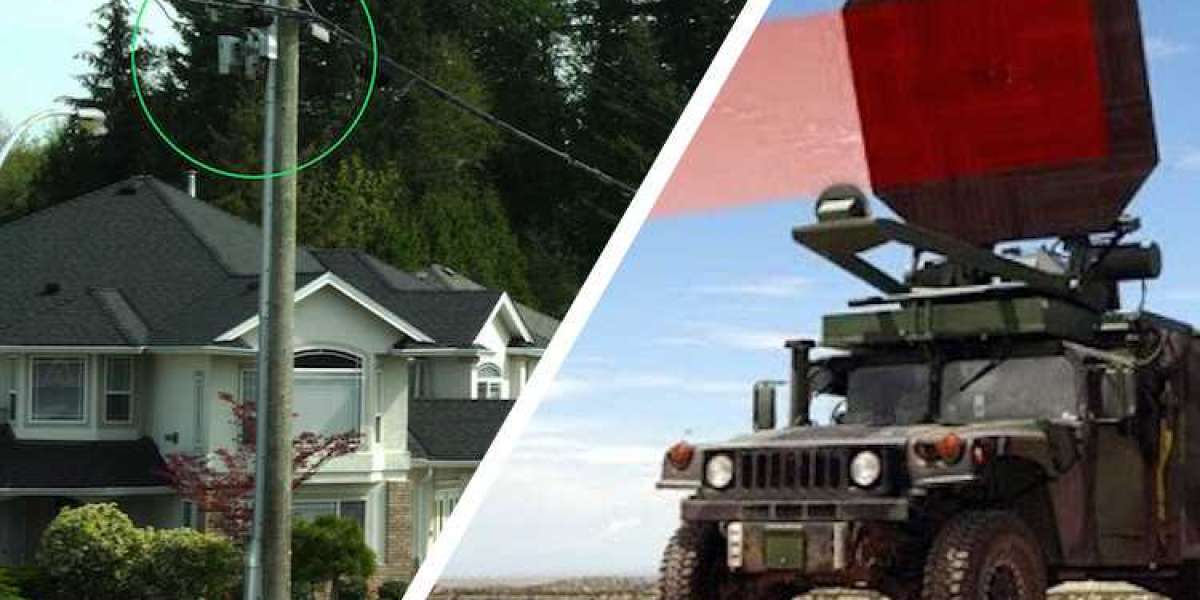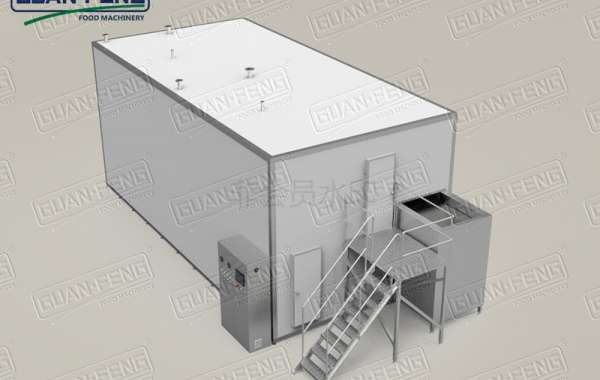Today’s cellular and Wi-Fi networks rely on microwaves – a type of electromagnetic radiation utilizing frequencies up to 6 gigahertz (GHz) in order to wirelessly transmit voice and data. This era of wireless frequency is almost over making room for new 5 G applications will require using new spectrum bands in much higher frequency ranges above 6 GHz to 100 GHz and beyond, utilizing submillimeter and millimeter waves.
Millimeter waves are utilized by the U.S. Army in crowd dispersal guns called Active Denial Systems. Dr. Paul Ben-Ishai pointed to research that was commissioned by the U.S. Army to find out why people ran away when the beam touched them. “If you are unlucky enough to be standing there when it hits you, you will feel like your body is on fire.” The U.S. Department of Defense explains how: “The sensation dissipates when the target moves out of the beam. The sensation is intense enough to cause a nearly instantaneous reflex action of the target to flee the beam.”
It uses radio frequency millimeter waves in the 96GHz range to penetrate the top 1/64 of an inch layer of skin on the targeted individual, instantly producing an intolerable heating sensation that causes them to flee.
A lot of respected people have posted warnings about the mass deployment of commercial millimeter-wave technology.
https://www.youtube.com/watch?time_continue=4v=PwLJOxXGOwwfeature=emb_logo
Devra Lee Davis – Founding Director of the Board on Environmental Studies and Toxicology of the U.S. National Research Council, National Academy of Sciences, Founding Director of the Center for Environmental Oncology, University of Pittsburgh Cancer Institute, who has taught at the University of California, San Francisco and Berkeley, Dartmouth, Georgetown, Harvard, London School of Hygiene and Tropical Medicine and other major universities, and has had articles published in Lancet, Journal of the American Medical Association to Scientific American, the New York Times and elsewhere – says that the 5G wavelengths used in IoT have never been tested for health effects, and may adversely impact our skin and sweat glands:
5G networks will support the coexistence of multiple standards (e.g., LTE, WiFi) and coordinate with various site types (macro, micro, and pico base stations). A premier challenge of 5G network design has been to create a network architecture capable of supporting this kind of flexibility while meeting the multifaceted access demands of an Internet of Things (IoT) future.
https://www.youtube.com/watch?time_continue=3v=-KrKoL51fw8feature=emb_logo
The new 5G networks will also need to incorporate seamless coexistence of 4G and 5G standards. The transitions from 2G to 3G and 3G to 4G involved completely separate networks, but 4G will remain in force for the foreseeable future—more than that, 4G infrastructure is critical to the evolution and functionality of the 5G network.

Many new Smartphones are 5G ready now, and will only require a software update to start transmitting in 5G frequencies.
5G networks have divided network services into three categories: enhanced Mobile Broadband (eMBB) or handsets; Ultra-Reliable Low-Latency Communications (URLLC), which includes industrial applications and autonomous vehicles; and Massive Machine Type Communications (MMTC) or sensors. Initial 5G deployments will focus on eMBB and fixed wireless, which makes use of many of the same capabilities as eMBB. 5G will use spectrum in the existing LTE frequency range (600 MHz to 6 GHz) and also in millimeter wave bands (24–86 GHz). 5G technologies have to satisfy ITU IMT-2020 requirements and/or 3GPP Release 15; while IMT-2020 specifies data rates of 20 Gbit/s, 5G speed in sub-6 GHz bands is similar to 4G.










